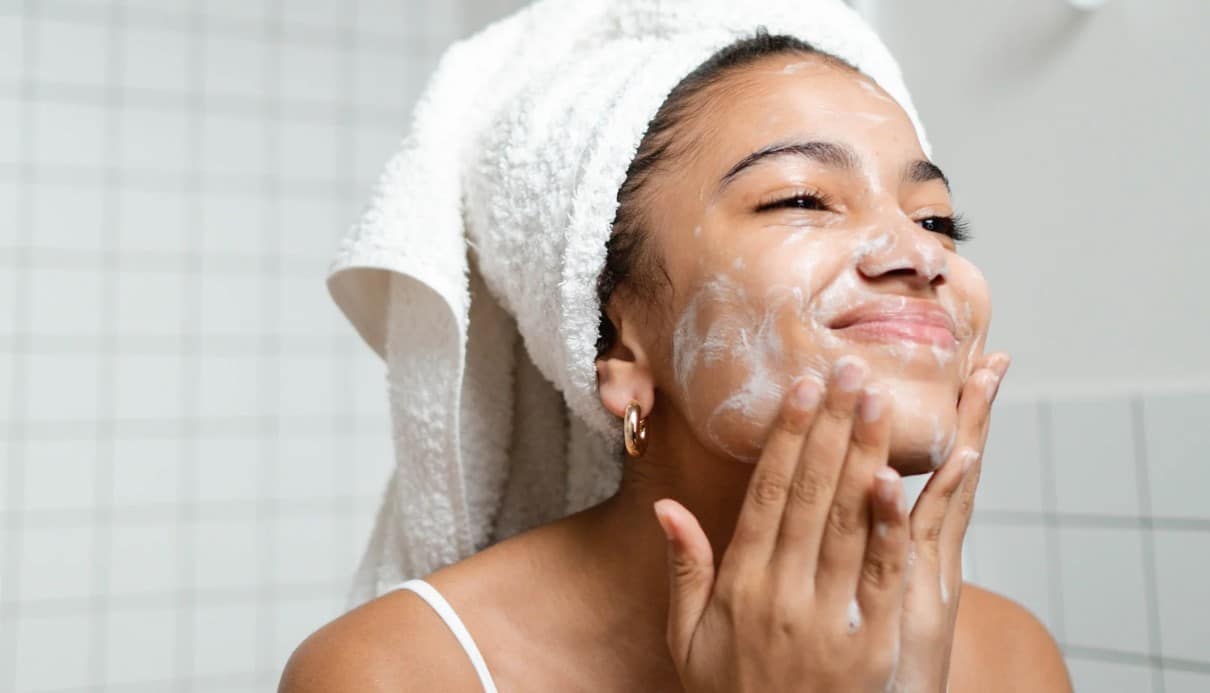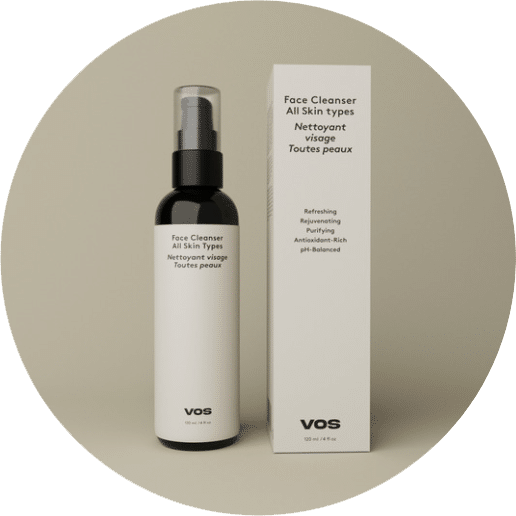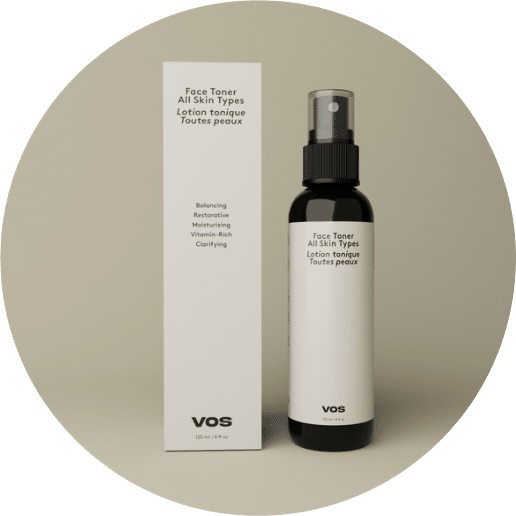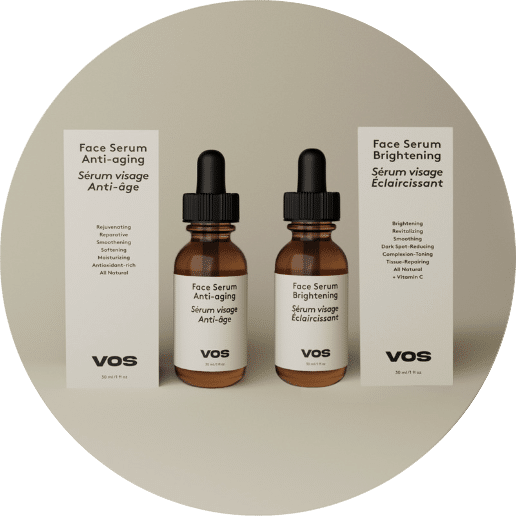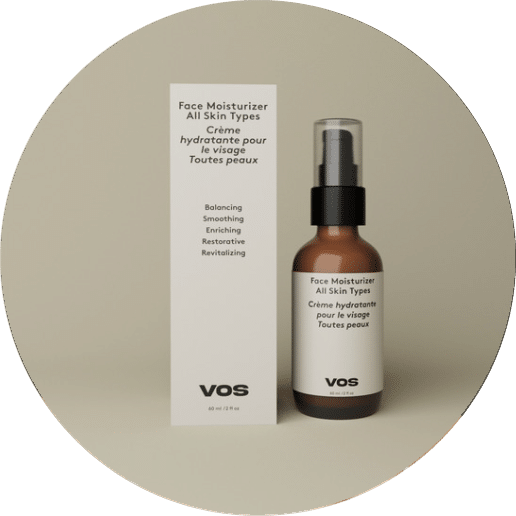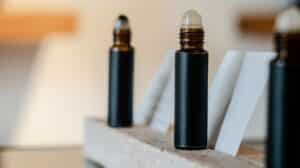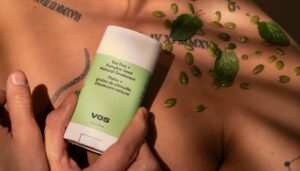Once upon a time, the average person’s skin care routine was a much simpler process. It typically consisted of three basic steps: cleansing, toning, and moisturizing. Simple, but effective. Nowadays, there are a dozen different types of products that you can incorporate into your skin care regimen. Choosing products from trusted brands that use clean ingredients is obviously important, but there’s a lesser-known fact about skin care that can completely make or break the efficacy of your regimen: It’s not just about what products you use, but also in what order you apply them onto your skin.
Why should you layer skin care products in a specific way?
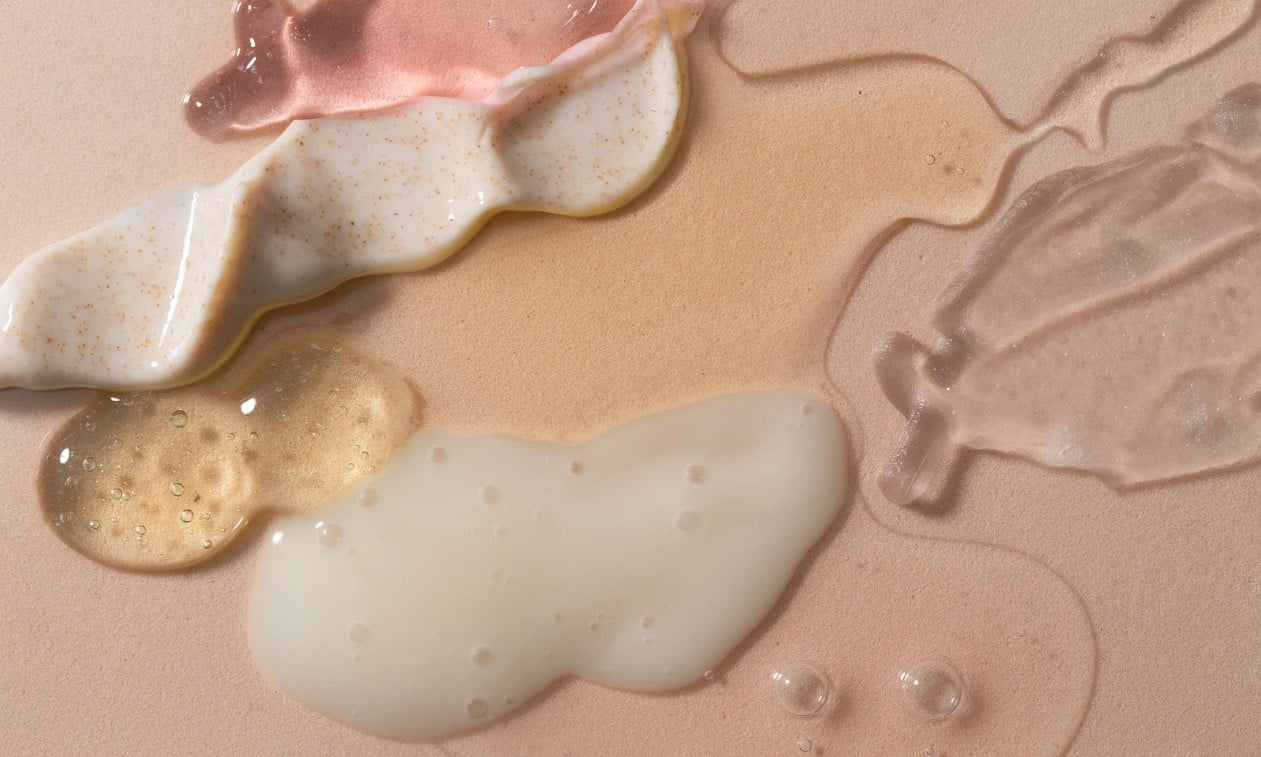
Okay, so skincare routines have gotten more sophisticated in this day and age—but there’s a good reason for this. Layering your products in the correct order helps maximize the absorption and benefits of each of those products. In fact, incorrectly layering your skin care products, like applying a face oil before a serum, can dilute the latter’s potency and reduce its effectiveness.
Oils are lipid-based and sit on top of the skin, acting as a barrier to seal in moisture. That’s why they are usually applied last. Toners, serums, and moisturizers are lighter and designed to penetrate the skin deeply, so they should go on first to let them do their job. See? There’s a method to the madness.
What is the correct order to layer
skin care products?
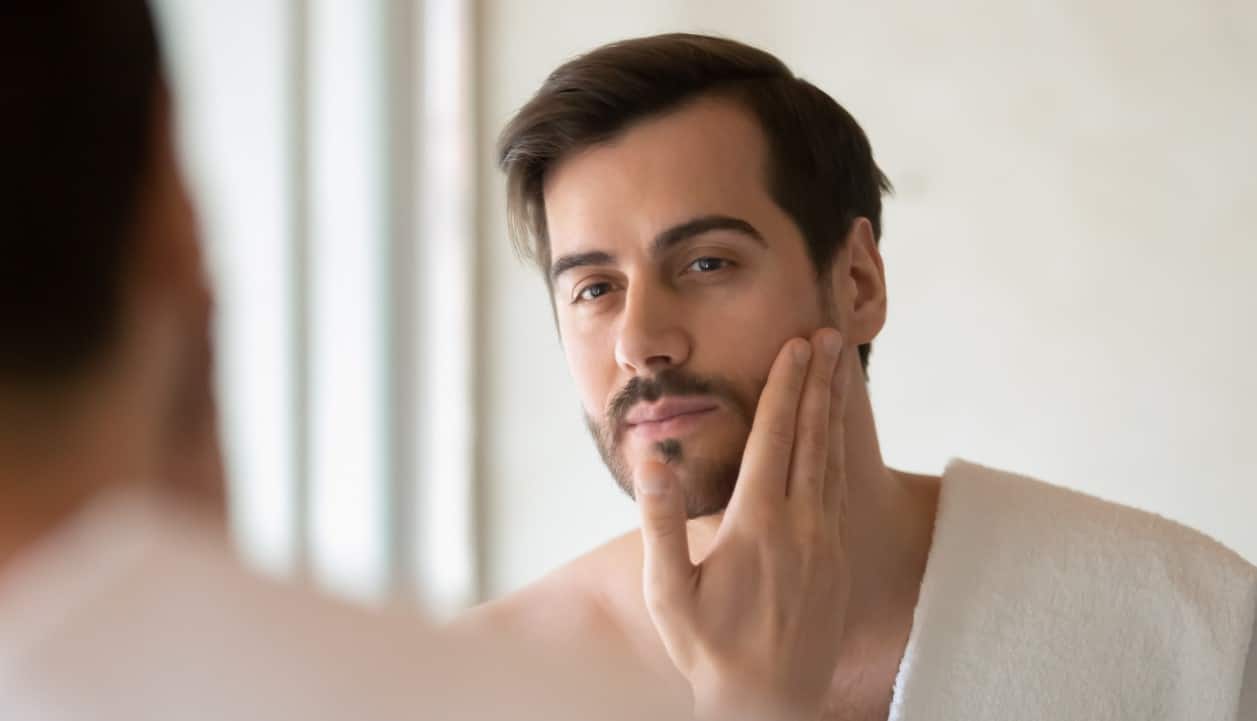
Cleansers, toners, serums, moisturizers, face oils…the list seems endless. How did we get here when the basic three-step skin care seemed to suffice for people just a couple of decades ago?
Everyone’s skin care needs are different. Whether you use just a couple of products or a full spectrum of products to boost your skin health, here’s one simple rule to remember: always go from lightest to heaviest. This way, you can ensure that the active ingredients in each product get to go beneath the surface layer of your skin for maximum efficacy. A typical skin care routine would look something like this:
Step 1
Before you dive into any other skin care product, it’s important that you start with freshly cleansed skin. A good cleanser will help remove excess oil, dirt, and other impurities from your face.
You can also add a gentle exfoliator to your weekly routine to help remove dead skin cells, unclog pores, and improve the absorption and effectiveness of other skin care products.
Step 2
After cleansing, use a toner to further remove dead skin cells and any residual impurities from your skin. Toners also help to prep your skin for the subsequent products in your skin care regimen, making your face more receptive to the active ingredients of other products.
Step 3
Next in line is the face serum. This wonderful addition to the skin care routine is really worth the extra step. Serums are fast-absorbing and lightweight, and they deliver powerful concentrations of active ingredients deep into the skin. Because they are so potent, just a few drops go a long way. You can find a variety of face serums that target specific skin concerns, such as ones for brightening dull-looking skin or fighting signs of aging, so be sure to use one that’s right for your skin’s needs.
It’s important to note that even if you’re using an oil-based face serum, it should still be applied before your moisturizer. Allow the serum and all its active ingredients to fully absorb into your skin before you seal it in with a layer of moisturizer. This will maximize the efficacy of both products.
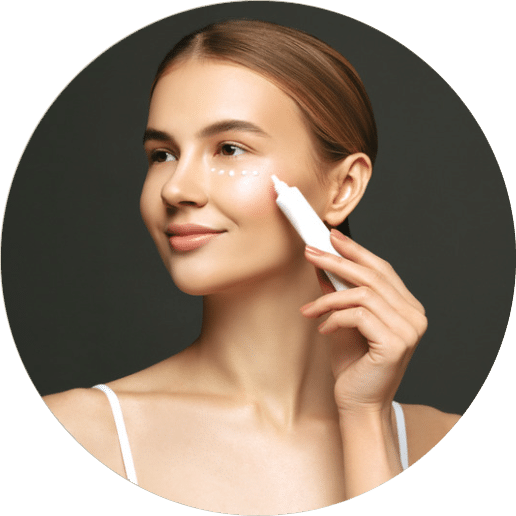
Step 4
Eye Cream
Eye creams are designed to nourish and hydrate the delicate skin around your eyes, which tend to be thinner and more prone to fine lines, dark circles, and puffiness. You can find a variety of eye products that hydrate, firm, brighten, or depuff the eye area. Make sure you do this step before applying moisturizer.
Step 5
In addition to adding hydration to your skin, moisturizers act as a barrier that seals in everything else you’ve applied to maximize their effectiveness and benefits. Just like other products, there are different moisturizers that target different skin concerns, so make sure you choose one that works well with your skin type.
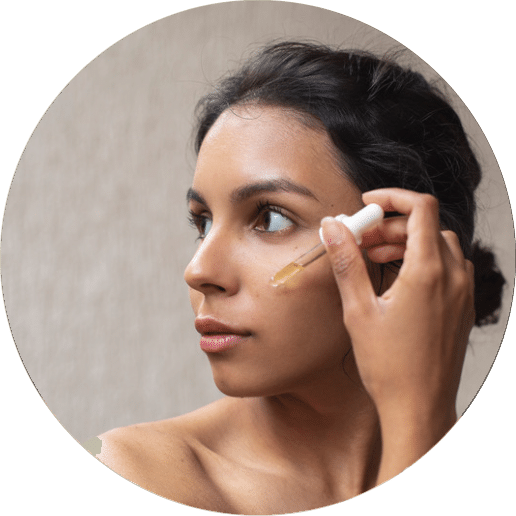
Step 6
Face oil
Face oils have been around for centuries, but it’s only become popular in modern-day skin care in the last few years. This may be due to the misconception that applying any kind of oil on the face can lead to greasiness, clogged pores, or breakouts. Thankfully, more and more people now know that certain plant-derived oils, known as non-comedogenic oils, actually do not clog pores or cause breakouts and can provide the skin with tons of essential nutrients. Face oils act as another barrier that seals in all the other products and active ingredients applied to your skin, making them more effective and also leaving your face feeling soft and supple.
Make sure that face oils go on your face last, as oils can penetrate lighter products like moisturizers and serums but not the other way around.
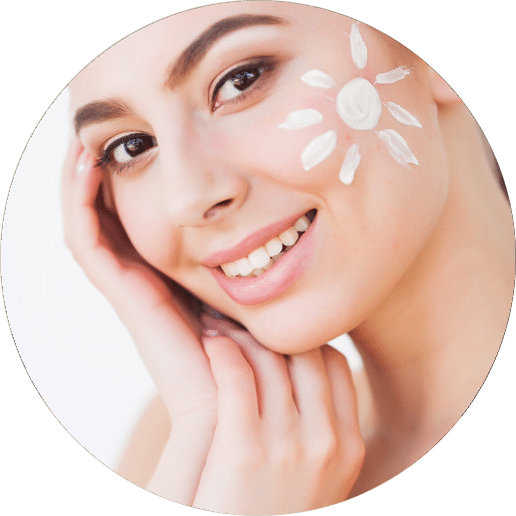
Step 7
Sunscreen
Needless to say, this step is only necessary during the daytime. Even if you’re indoors all day, you may want to apply sunscreen if you’re constantly next to a window or an area of the room where you’re exposed to sunlight. Sunscreen protects your skin from UVA and UVB rays, which can cause premature aging, dark spots, or an increased risk of cancer.
But why does sunscreen go last, after the face oil that is so difficult to penetrate? That’s because sunscreen’s primary function is to protect your skin. While moisturizers and face oils act as a barrier to seal in all the good stuff, sunscreen is a protective layer that keeps out all the bad stuff. So, they don’t need to penetrate your other skin care products to get beneath your skin.
Do you need all those products in your
skin care routine?
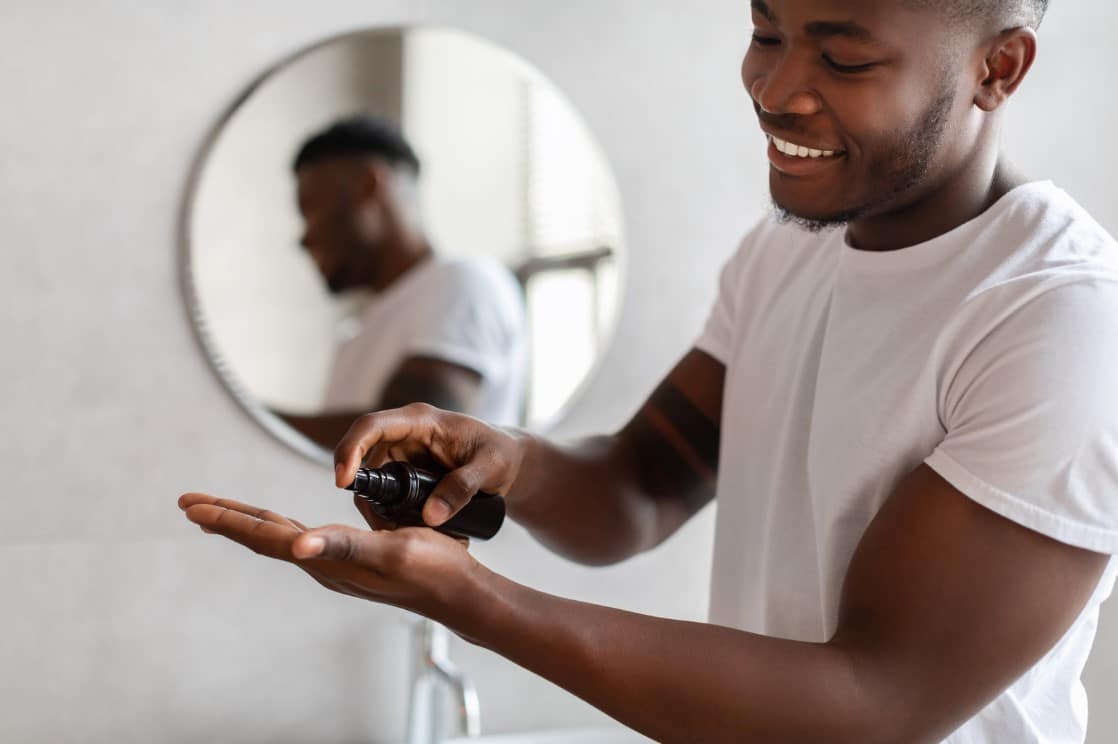
While everyone’s skin types and needs are different, some of you may be blessed with relatively balanced, low-maintenance skin. If that’s the case, you don’t need to cram a dozen different products into your skin care regimen. If you’re just starting to use skin care products, or you don’t have any specific skin concerns like oily or dry skin, you can test the waters with a basic routine that includes a cleanser and moisturizer—but don’t forget to add sunscreen if you’re heading out for the day!
